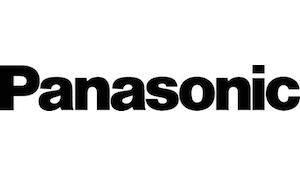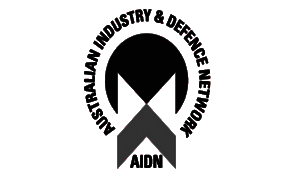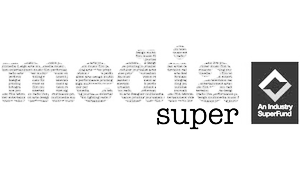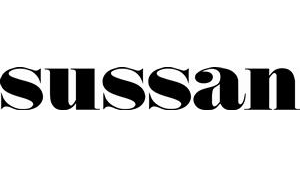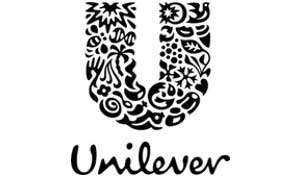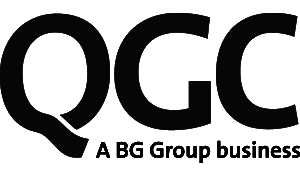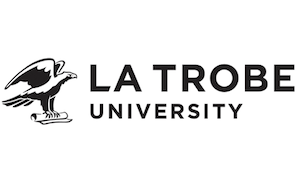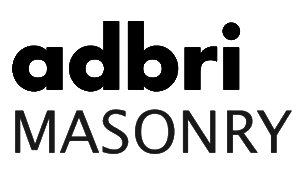
Blog
How to Understand the Four Types of Communication
Excellent communication skills are crucial to a healthy office environment. Communicating effectively helps develop strong relationships, advance your career, and avoid misunderstandings. Having an open and respectful exchange of ideas allows teams and individuals to flourish in the workplace.
Unfortunately, communication is difficult to master. Each person has their own way of conveying their ideas. And it’s not always possible to predict how others will react to what you say. Sometimes, expressing your thoughts with the best of intentions can have an adverse reaction.
To communicate effectively, it’s vital to understand the four types of communication. We tend to think of communicating as only talking and listening. But there is more to it than that. While most communication is verbal or written, there are also nonverbal and visual forms of communication.
In this article, you’ll learn about the four ways of communicating. You’ll also find helpful tips on how to improve your communication skills.
Why Communication is Crucial in the Workplace
Communication is an integral part of the office environment. Think of good communication as the oil that keeps moving parts of an engine working smoothly. When good communication flourishes, so do productivity and healthy relationships. It easier to get things done, and tasks take minimal effort.
Now think about what happens to an engine when there’s no oil. The engine may start making noises, use more energy, and in the end, it can cease altogether. When communication breaks down, teams no longer work efficiently, productivity slows, and even simple tasks take significant effort.

Four Types of Communication
The four types of communication are verbal, nonverbal, written, and visual. Understanding these methods of interaction helps ensure that you use words to achieve the desired results. Communicating allows you to understand others better, become more successful, and ensure your team works productively.
1. Verbal communication
Verbal communication involves both speaking and listening. Almost every interaction consists of some form of verbal communication. This could be a simple “thank you” to a colleague who helped you on a project. Or you might have to deliver a speech or presentation in front of others.
To use verbal communication effectively, it’s crucial to speak with confidence and authority. This means avoiding ‘filler words, such as ‘mmm’, ‘so’, or ‘um’. If you need to collect your thoughts, it’s better to pause and take a deep breath rather than fill the gap with a meaningless word.
Active listening is a crucial part of verbal communication. Listening actively involves staying engaged mentally with the conversation. It would be best if you show you’re listening by nodding your head, smiling, and keeping your posture open. It may be necessary to comment where appropriate or ask more questions.
2. Nonverbal communication
Nonverbal communication includes signals you covey to others with body language, facial expressions, and gestures. You can use this type of communication to show your excited, bored, angry, nervous, or happy. In some cases, it’s vital to use nonverbal communication intentionally to get across the right message.
For example, let’s say you’re nervous about giving a presentation. Tremors in your voice, shifting your feet, or not looking at your audience may make you come across as unsure of your thoughts. You may even appear insincere and dishonest. So, you may need to work on body language to appear more confident.
Related reading: The importance of nonverbal communication in the boardroom.
If you’re listening to someone, use body language to show your interest. Keeping your arms by your side, looking directly at the person, and maintaining an open posture are some simple ways to improve nonverbal communication.
3. Written communication
Written communication is sharing information through notes, letters, emails, or memos. It’s easy to create misunderstandings with written communication. After all, the reader can’t see or hear how you want to deliver the message.
When communicating by writing, always try to write as clearly and concisely as possible. Then, before sending, take time to read over your message or letter. It can also help to read the letter out loud to hear how it sounds. If it’s a vital communication piece, get an honest and trusted colleague to review it.
4. Visual communication
Visual communication is an excellent way to support and enhance verbal and written communication. Using images, graphs, charts, and drawings, you can emphasise what you want to say. Your audience will also remember the main points better if they see a visual image that backups up what you are saying.
Visual communication needs to be simple and related to what you are saying for it to be effective. The audience should instantly grasp the idea without thinking about it or wondering why you used it.
Four Types of Communication — In Conclusion
Communication is a skill that takes a lifetime to master. Combining the various communication forms can help emphasise your message and ideas. You ensure that your message comes across in the way you want it. In the end, effective communication helps build your success and keeps teams working effectively.
Recent Posts
-
Working From Home — Ultimate Security Tips for a Safe Home Office
-
Unexpected Ways Stress Affects Your Body
-
The Worst Mistakes to Make When Working from Home
-
The Undeniable Worst Mistakes to Make in a Meeting
-
The Top 6 Myths About Leadership Debunked
-
The Best Apps for Busy Professionals
-
Is Telecommuting the Answer to Work-Life Balance?
-
The Importance of Career Goals to Boost Success at Work
-
The Shocking Dangers of Workplace Burnout
-
How to Restart Your Positive Emotions


